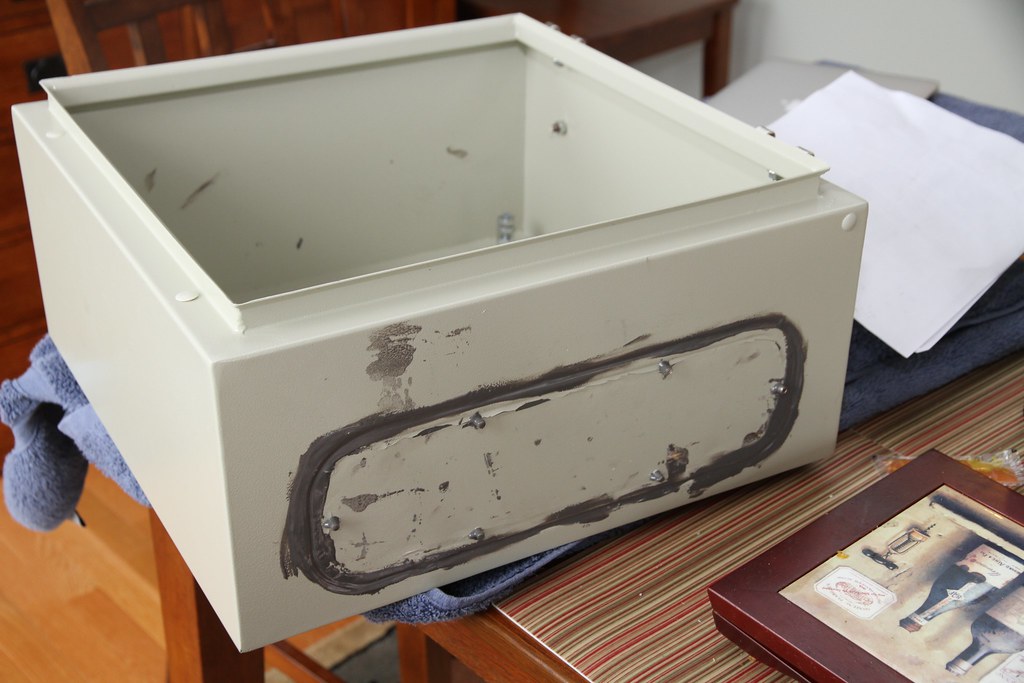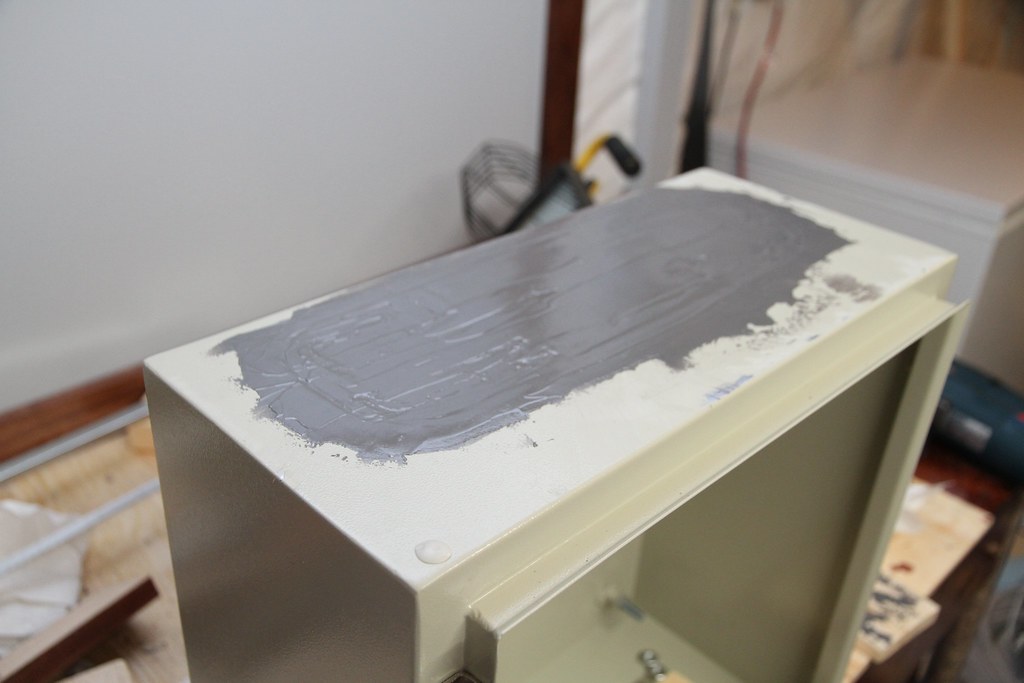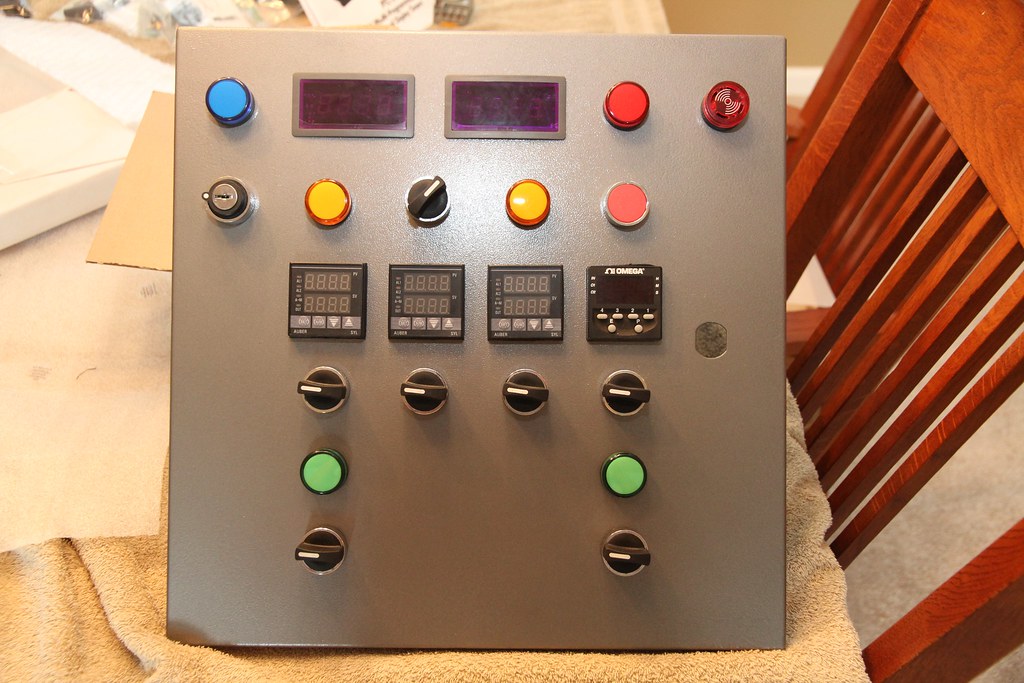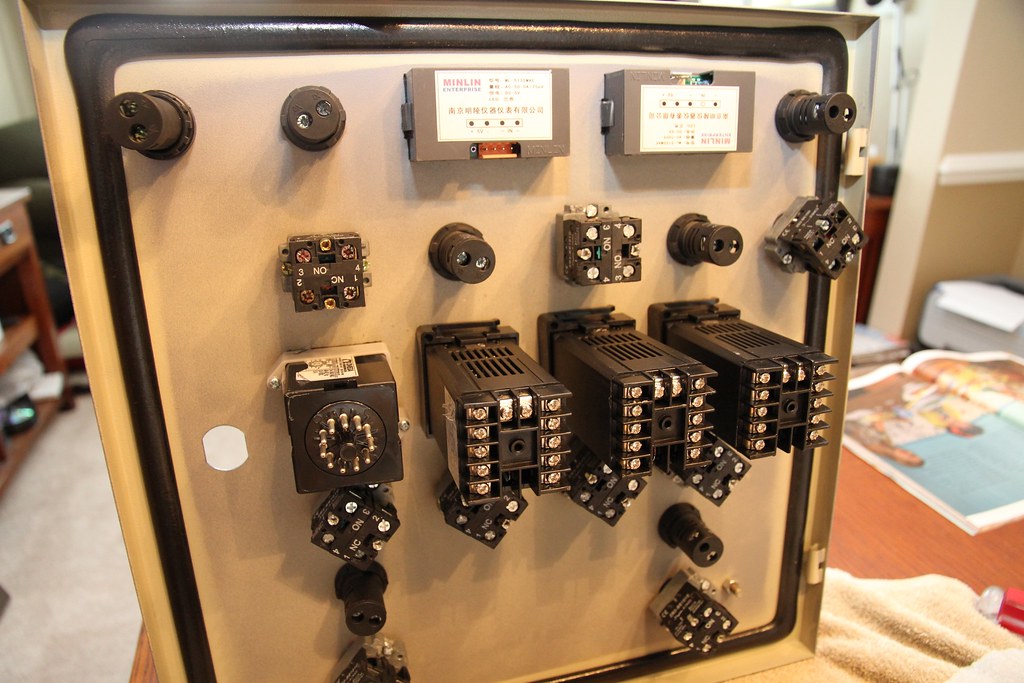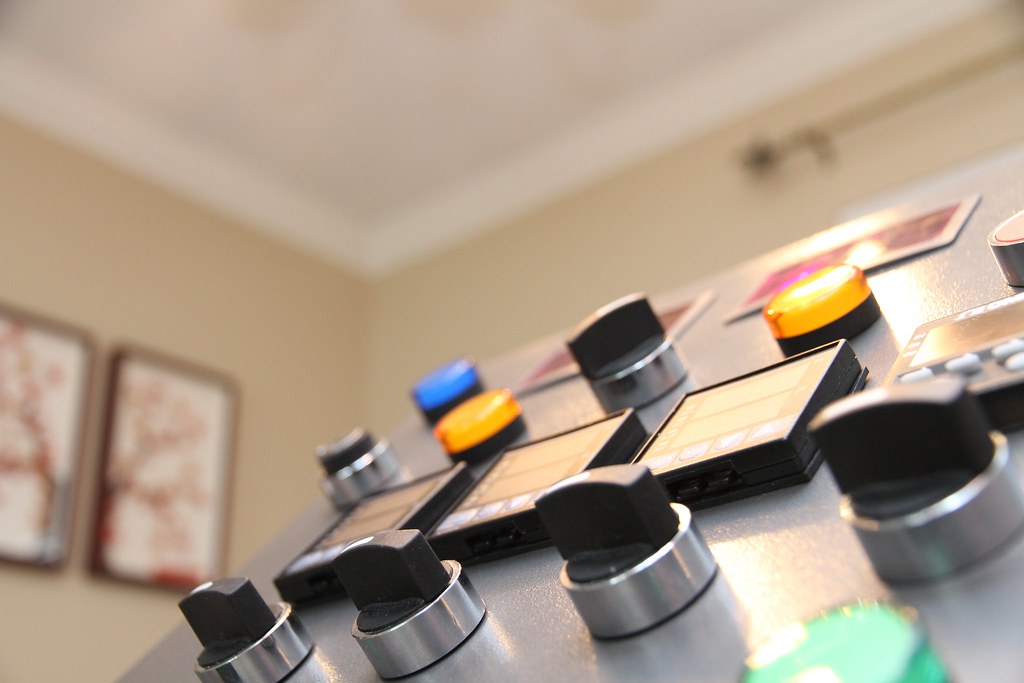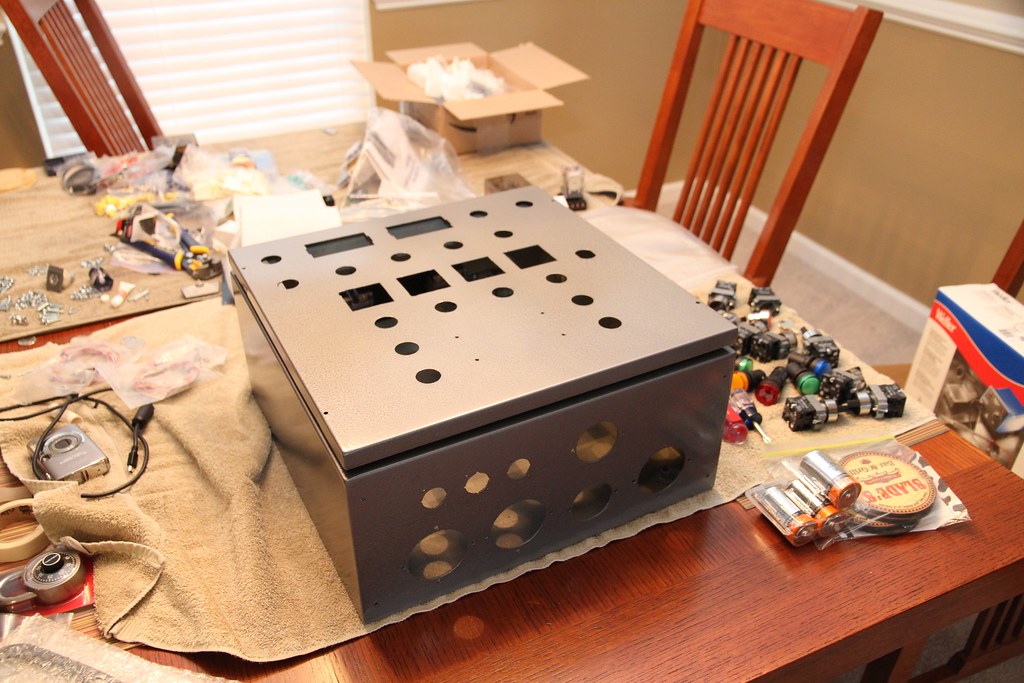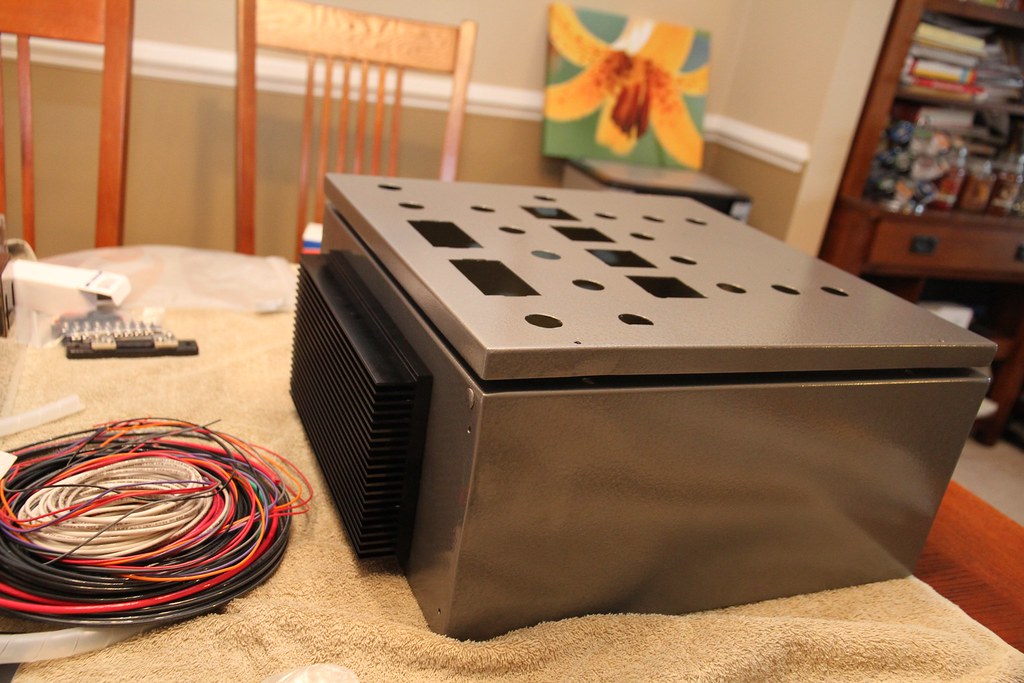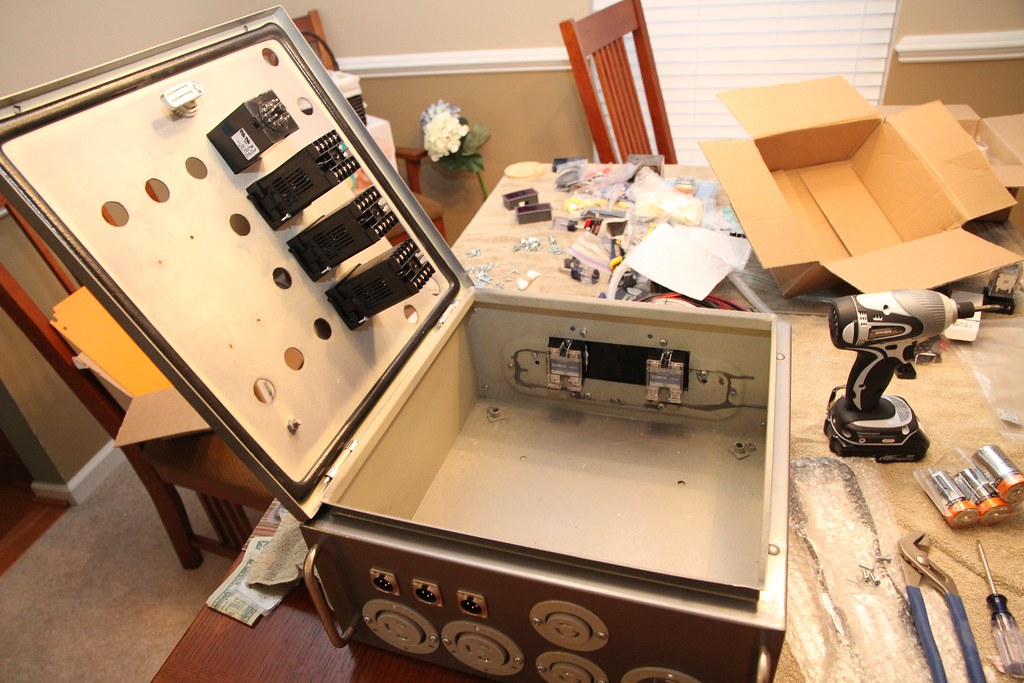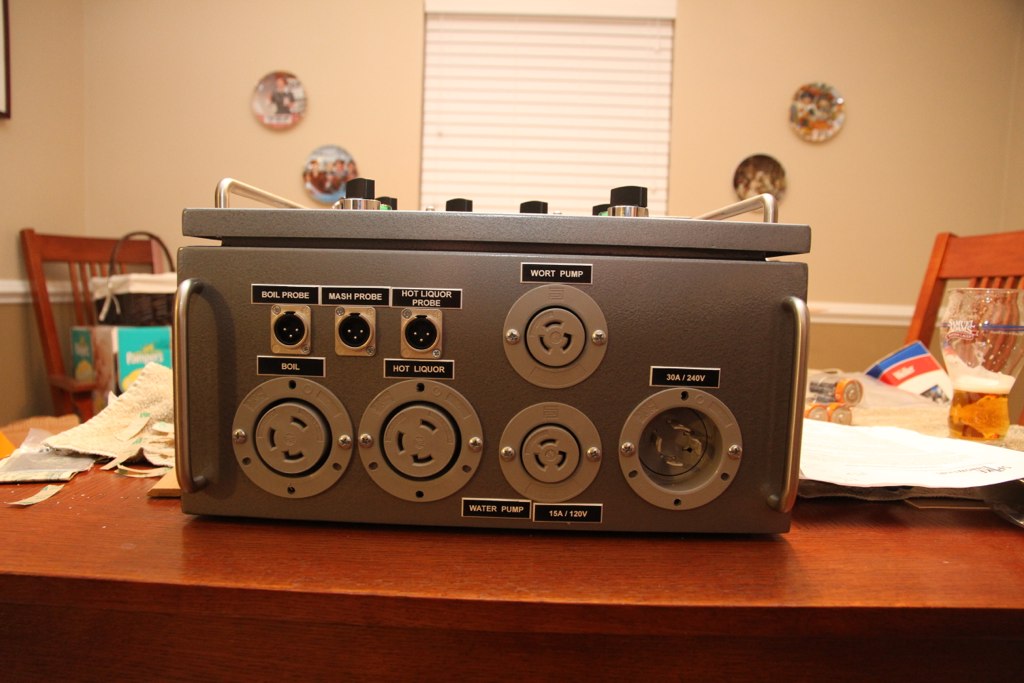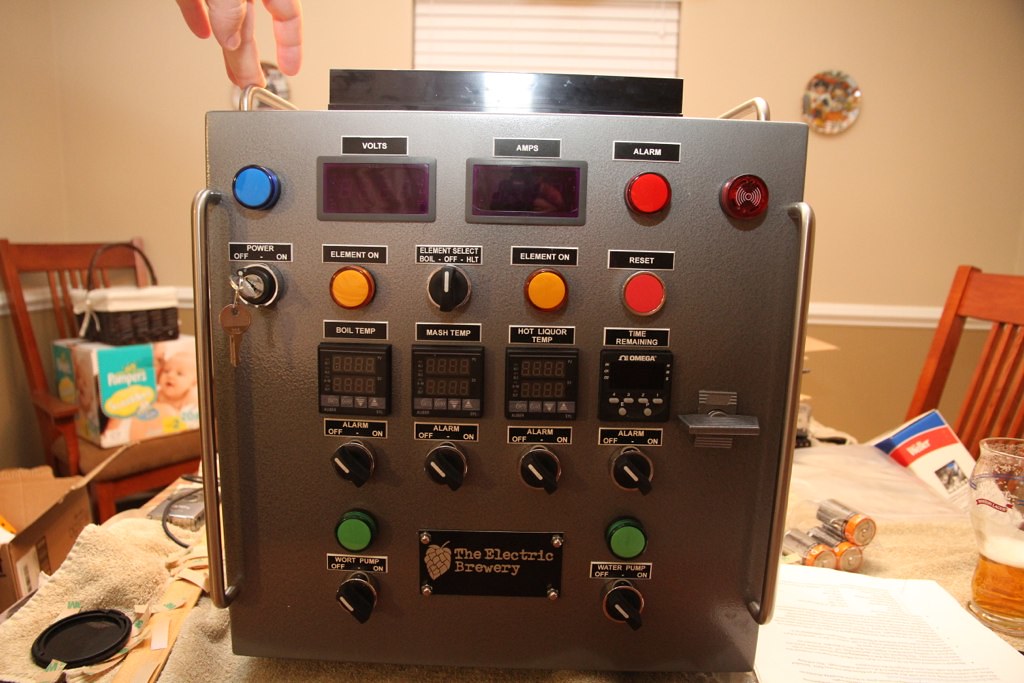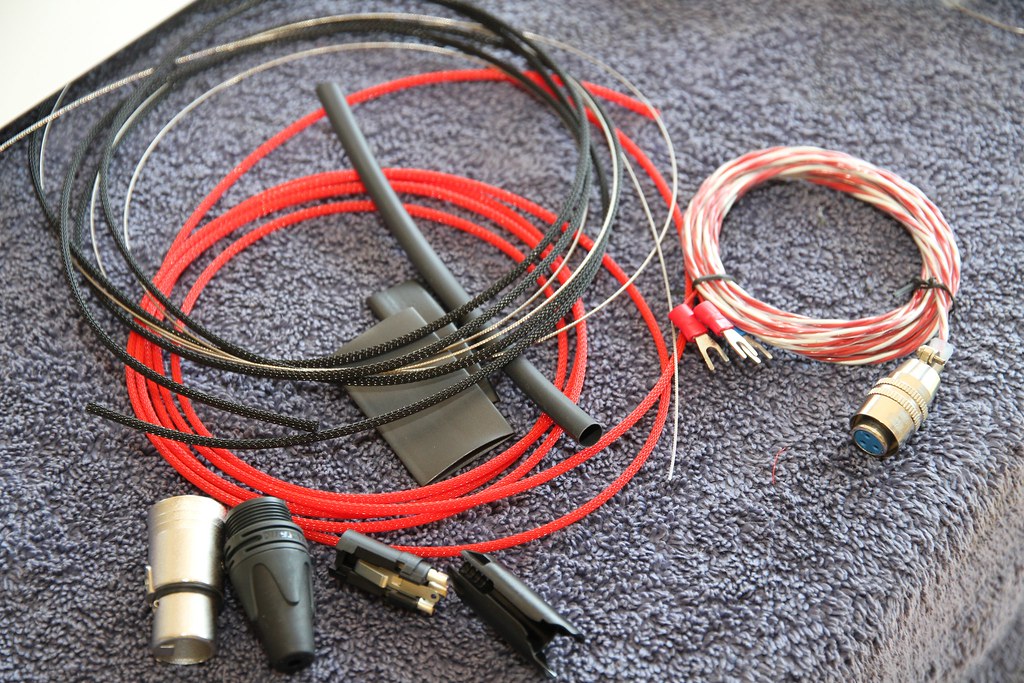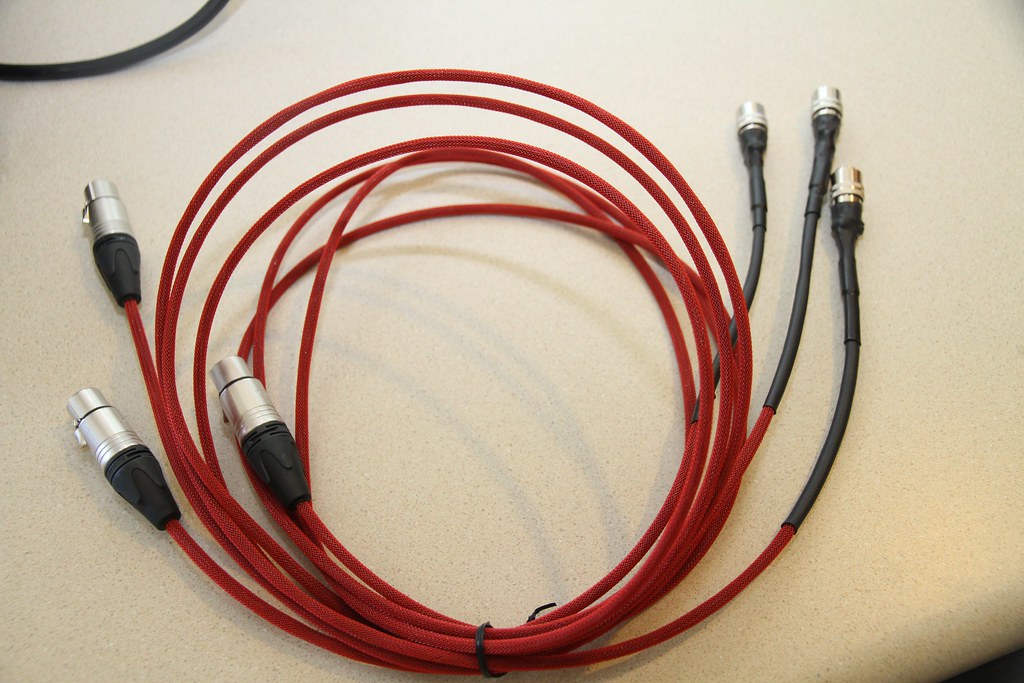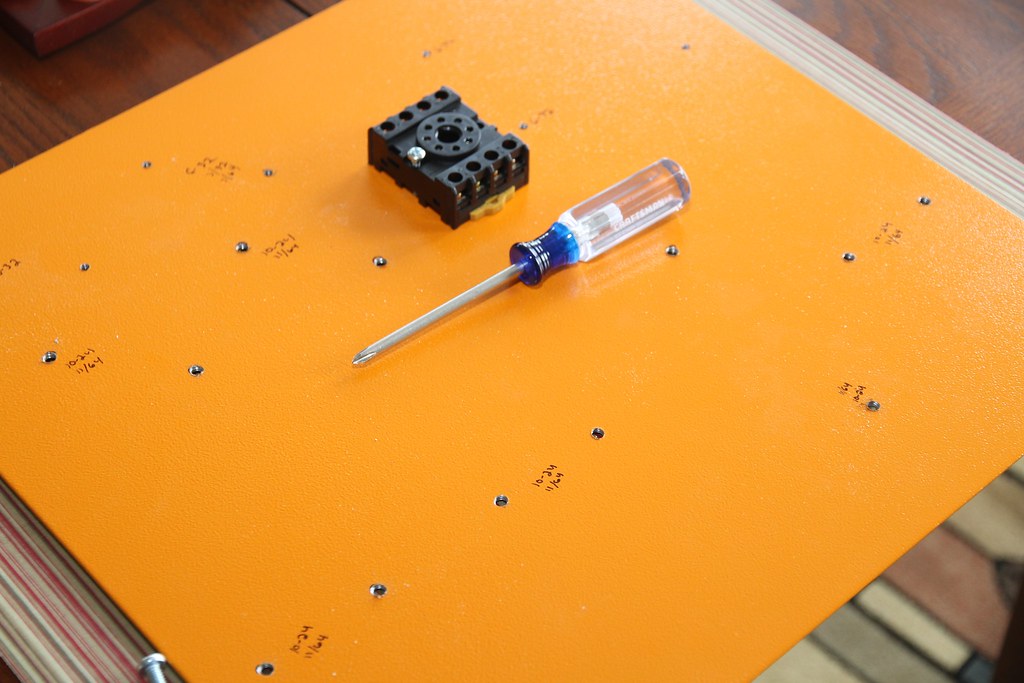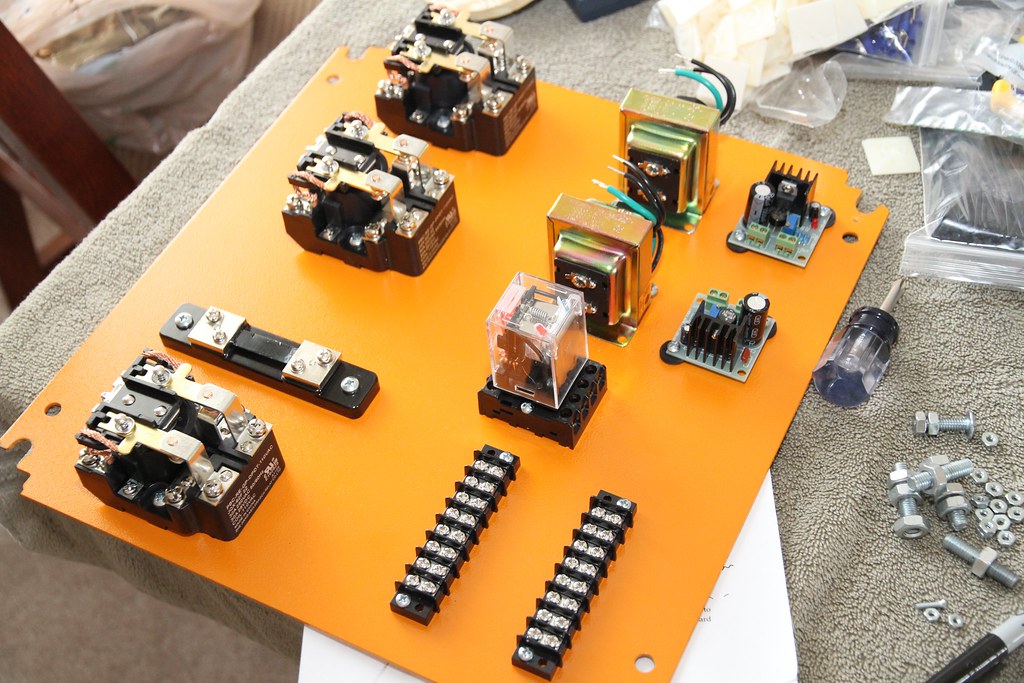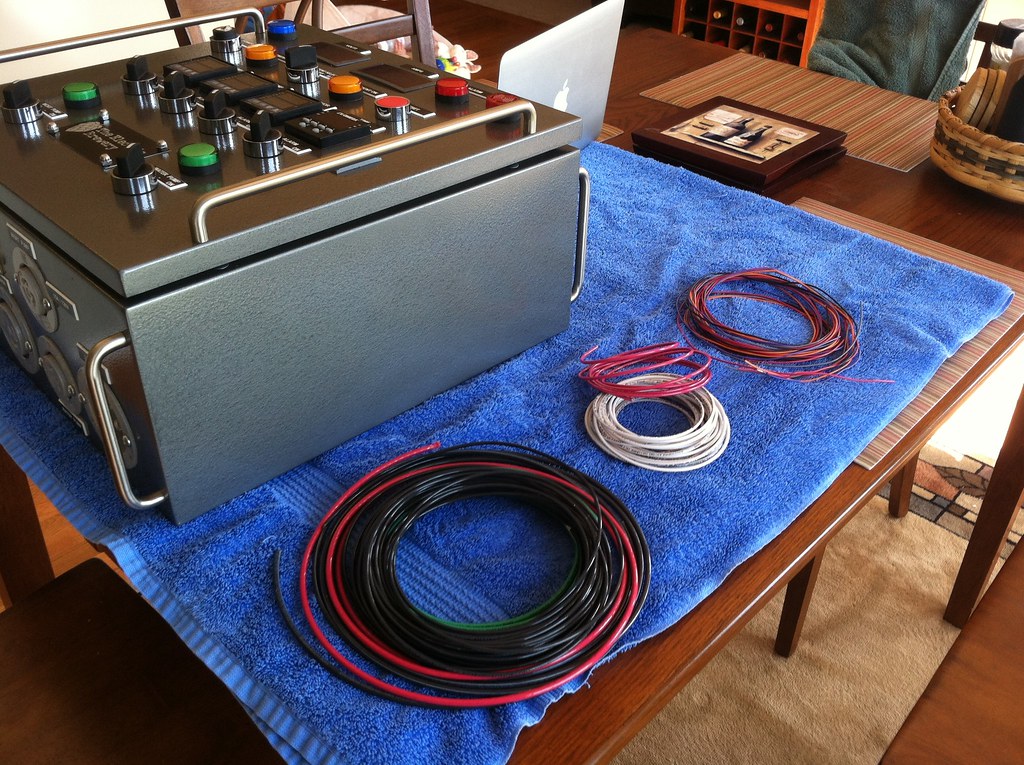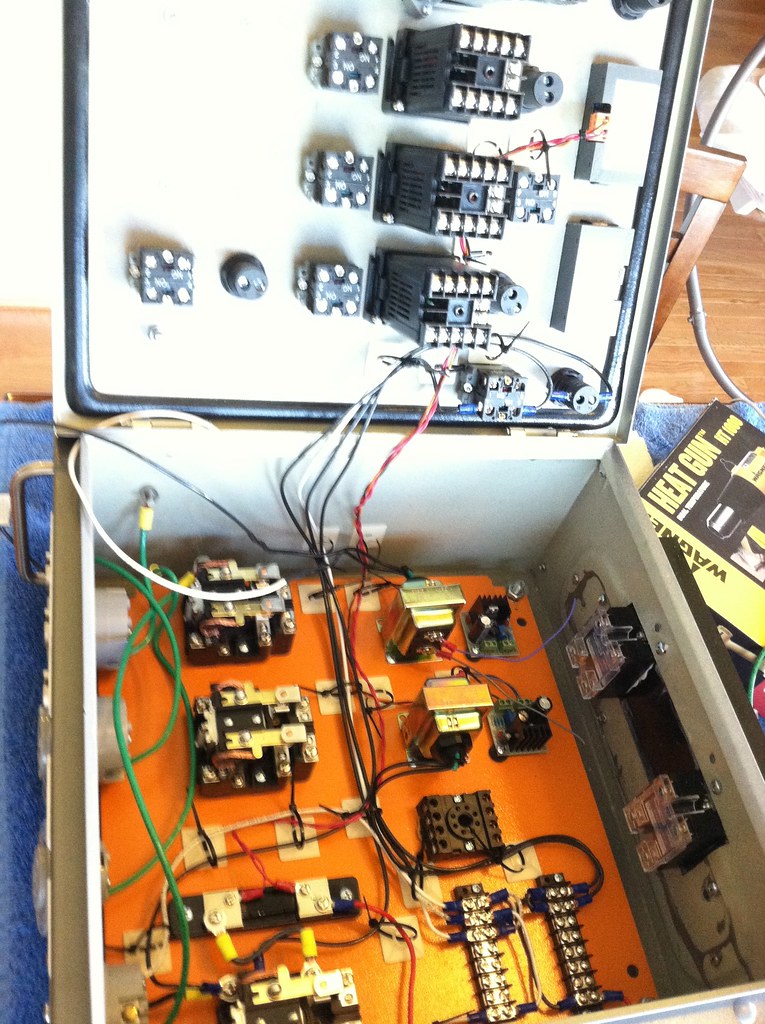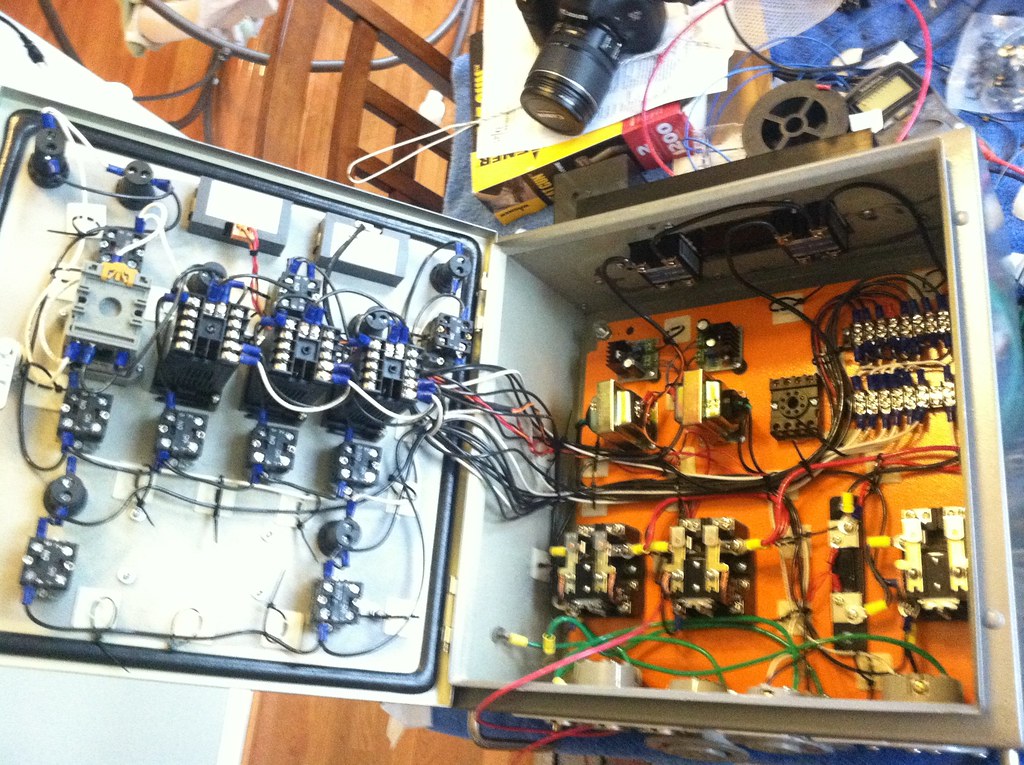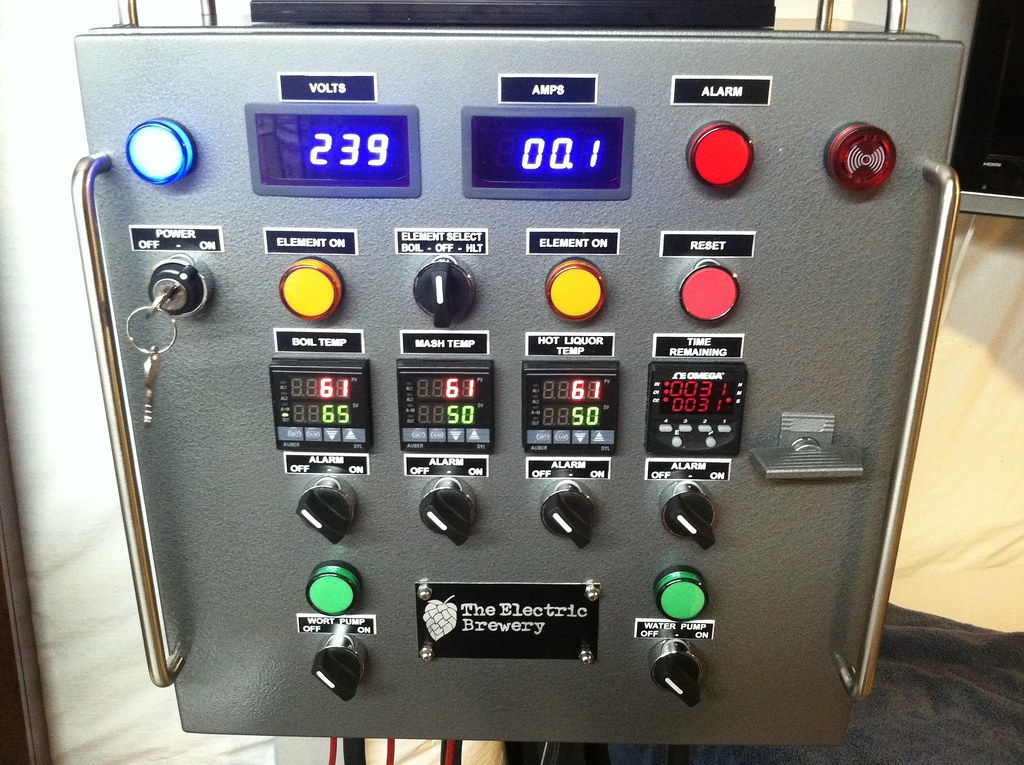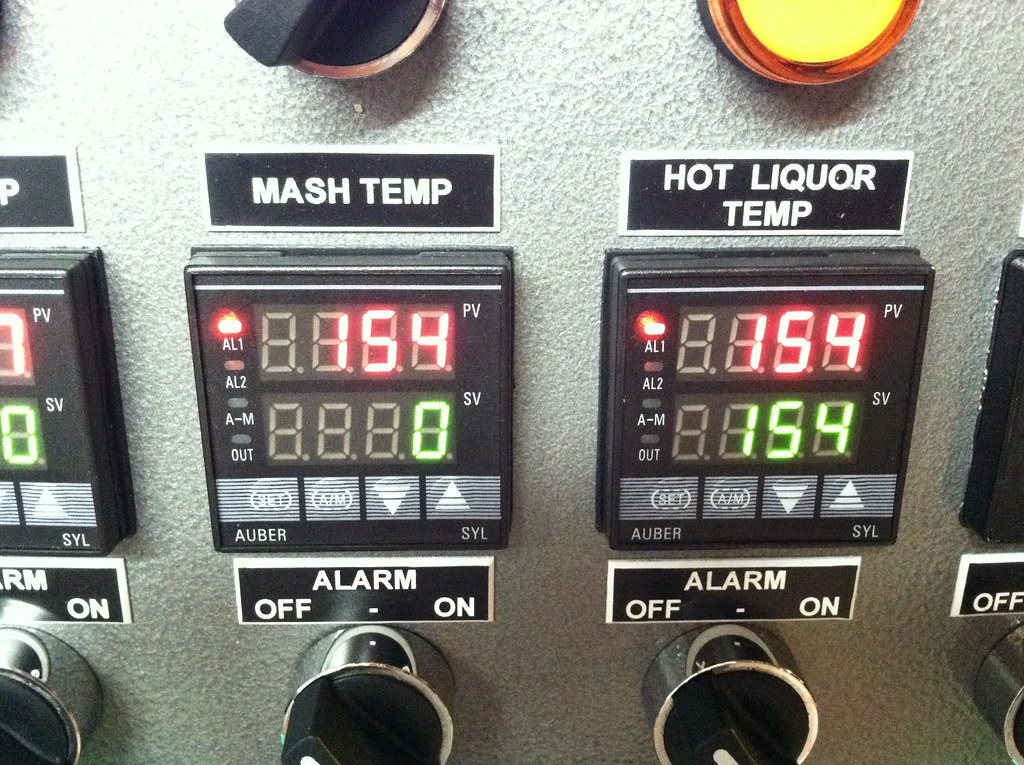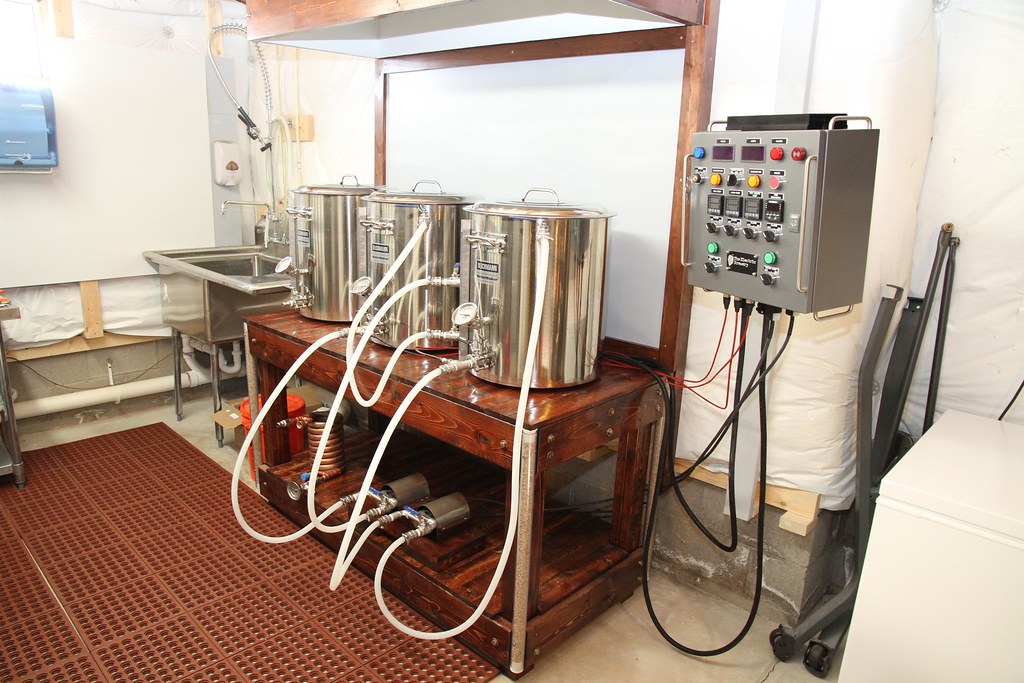As far as the hop stopper, I did a fair amount of research about the negatives. So I have able to get 10 gallons of the wort cooled with 15 minutes and it took me another 15 minutes to get the last 2 gallons.
Right now I brew on propane, and I use a 25' CFC to chill. I'm in the very early stages of designing my e-rig, and am trying to sort through all of the many variables in play. One of them is end-of-boil filtering.
I have never used any false bottom or screen in my kettle prior to now, I either throw hops directly in, or use the hop spider apparatus to keep the hops managed. I have managed to clog my CFC with hop flowers a few times and it's not fun at all.
But - one of the variables in my brew process that I really want to "fix" is cooling time - and especially, hot steeping time. Right now it takes me at least 5 minutes from flame-out to the first oz. of chilled wort coming out of the chiller. (Brew outside with no permanent stand or furniture, so I have to do a lot of rearranging, lifting the kettle up high, etc.) By the time chilling is over, the last couple gallons of wort have been steeping at 190-180*F for 20-30 minutes.
I was going to buy an IC - but I thought that seemed like a waste of money, since it's not terribly effective at cooling 10+ gallons. Long-term/in my eBrew setup I want to buy a HEX coil for step mashing. I was thinking about buying a pump instead (which reminds me, I've never heard of Chugger pumps before, thanks for the info) since the pump will be needed to use the HEX coil - and also so that I can chill through my CFC and recirc the chilled wort back into the kettle, lowering the total temperature and actually accomplishing some uniform chilling.
In order to recirc, I am clearly going to need to stop the material from exiting the kettle, and the Hopstopper was my choice until I read what you had just wrote.
So I guess my question is, is the long delay for siphoning the last 2 gallons of wort.... a) a big problem? ... b) worth considering a different filter/strainer approach?
What changes - if any - do you plan to make, to compensate for the Hopstopper's propensity to lose suction at the end of siphoning? Are
you thinking about switching to a different product?
